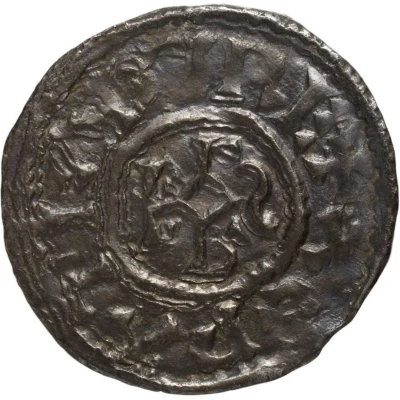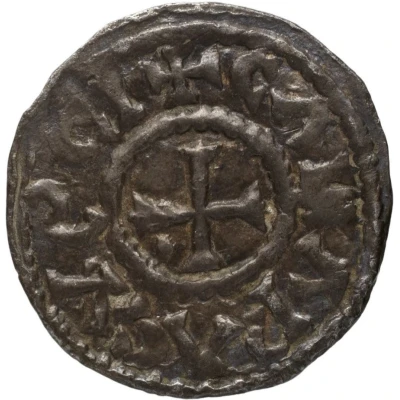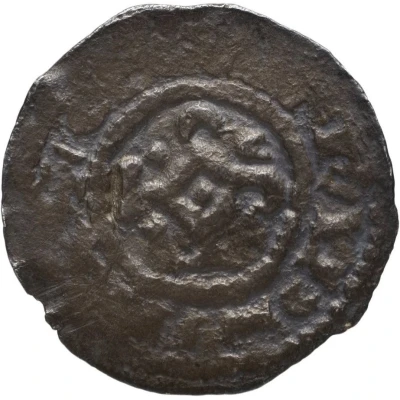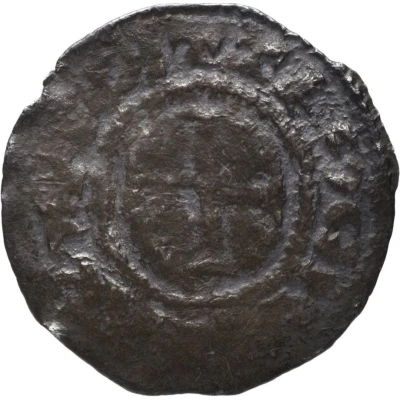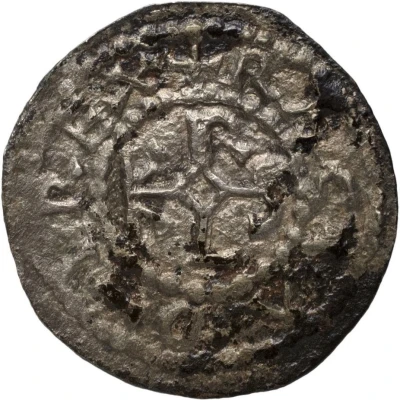
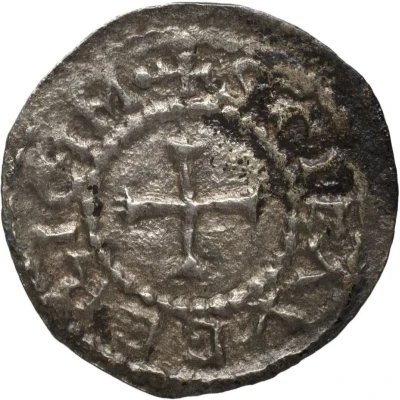

© Bibliothèque nationale de France / Gallica
Obol - Charles II Saint Gaugericus monastery of Cambrai
| Silver | 0.74 g | - |
| Issuer | Lotharingia (Carolingian States) |
|---|---|
| King | Charles II the Bald (869-870) |
| Type | Standard circulation coin |
| Years | 869-875 |
| Value | 1 Obol (1⁄480) |
| Currency | Pound (855-959) |
| Composition | Silver |
| Weight | 0.74 g |
| Shape | Round (irregular) |
| Technique | Hammered |
| Orientation | Variable alignment ↺ |
| Demonetized | Yes |
| Updated | 2024-10-09 |
| Numista | N#343020 |
|---|---|
| Rarity index | 100% |
Reverse
Cross in a beaded circle, legend around.
Script: Latin
Lettering: ✠ SCI GΛVGERICI M
Translation: Monastery of St. Gaugericus.
Interesting fact
One interesting fact about the Obol coin is that it was used as a form of currency during a time of great economic and political change in Europe. The Carolingian States, which issued the coin, were a powerful and influential empire that spanned much of Western Europe during the 8th and 9th centuries. The Obol coin was used as a standard form of currency throughout the empire, and it played an important role in facilitating trade and commerce during this time. Despite its small size and relatively low value, the Obol coin was an important symbol of the Carolingian Empire's power and influence, and it remains a valuable piece of history for collectors and historians today.
